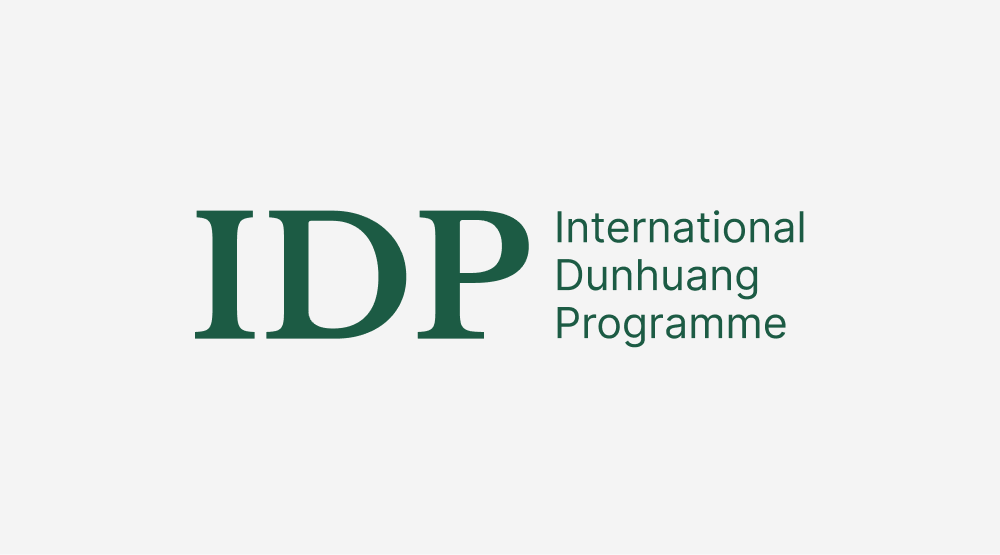Overview
show / hide OverviewTitle
Archaeological site
Date
100 to 400
Find site
Language / script
Subject
Institution
Historical information
show / hide Historical informationFind site identifier
Mir.
Stein site number
M.
Find site description
The archaeological site of Miran, north of the modern day town of that name, was thought by Stein to be the capital of the Kroraina kingdom in the Lop region and that it was abandoned in the 4th century AD. Enoki argued it was only a capital in the 6th century. Chinese scholars have disputed its designation as a capital arguing that it was the town named in Chinese sources as Yixun, established in the Han dynasty as a agricultural and military colony.
Excavation history : First visited briefly by Stein on December 8, 1906, during his second expedition. A trial excavation of the fort (site number M.I.) uncovered eight rooms and over a hundred Tibetan woodslips. Stein returned on January 22, 1907, and carried out a thorough excavation of the fort, uncovering 44 rooms (site numbers M.I.i - M.I.xliv) discovering many more Tibetan woodslips, as well as other miscellaneous objects. He excavated other sites in the area, mainly to the north and west of the fort (site numbers M.II - M.X), including several temples containing well-preserved Buddhist frescoes and stucco images. On his third expedition, Stein returned to Miran on January 16, 1914, excavating other sites in the area (site numbers M.XI. - M.XV.), which were ruins of stupas and towers. The objects found in these included more stucco images and wooden carved objects.
Short description : Site of an ancient Silk Road town.
References
show / hide References